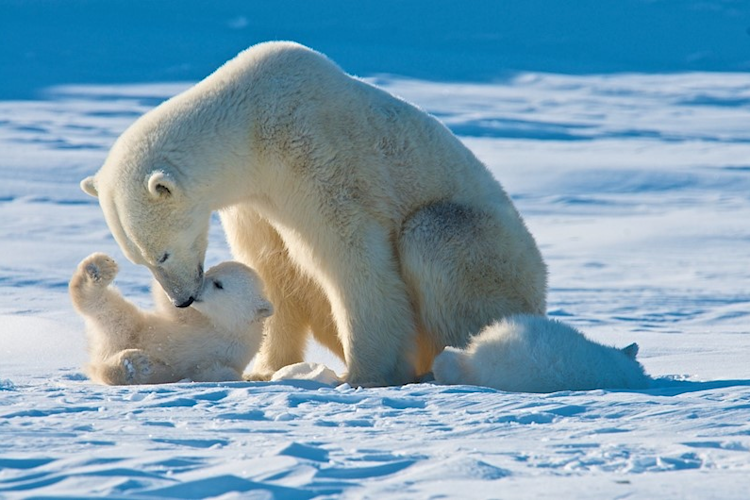Ding-dong!
The doorbell chimes. It’s the sound of a new group of visitors coming—carrying new conversations, new perspectives, new stories. It’s the feeling of a new book opening.
I’m a biologist based in the Norwegian High Arctic, on the far north archipelago of Svalbard, Norway. I spend most of my year working on field projects like Polar Bears International’s Maternal Den Study, but in the autumn of 2022, I had the pleasure of working in the organization’s interpretive center in Churchill, Canada, where I shared the wonders of the Arctic Ocean ecosystem with those who want to learn more. So how does a researcher from another side of the polar region find herself talking to visitors in the Canadian Subarctic?


















